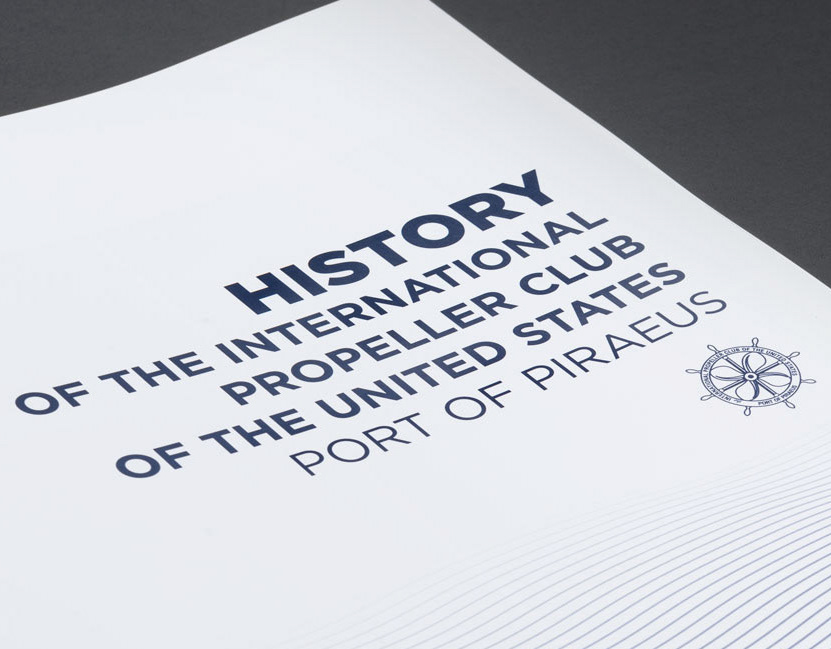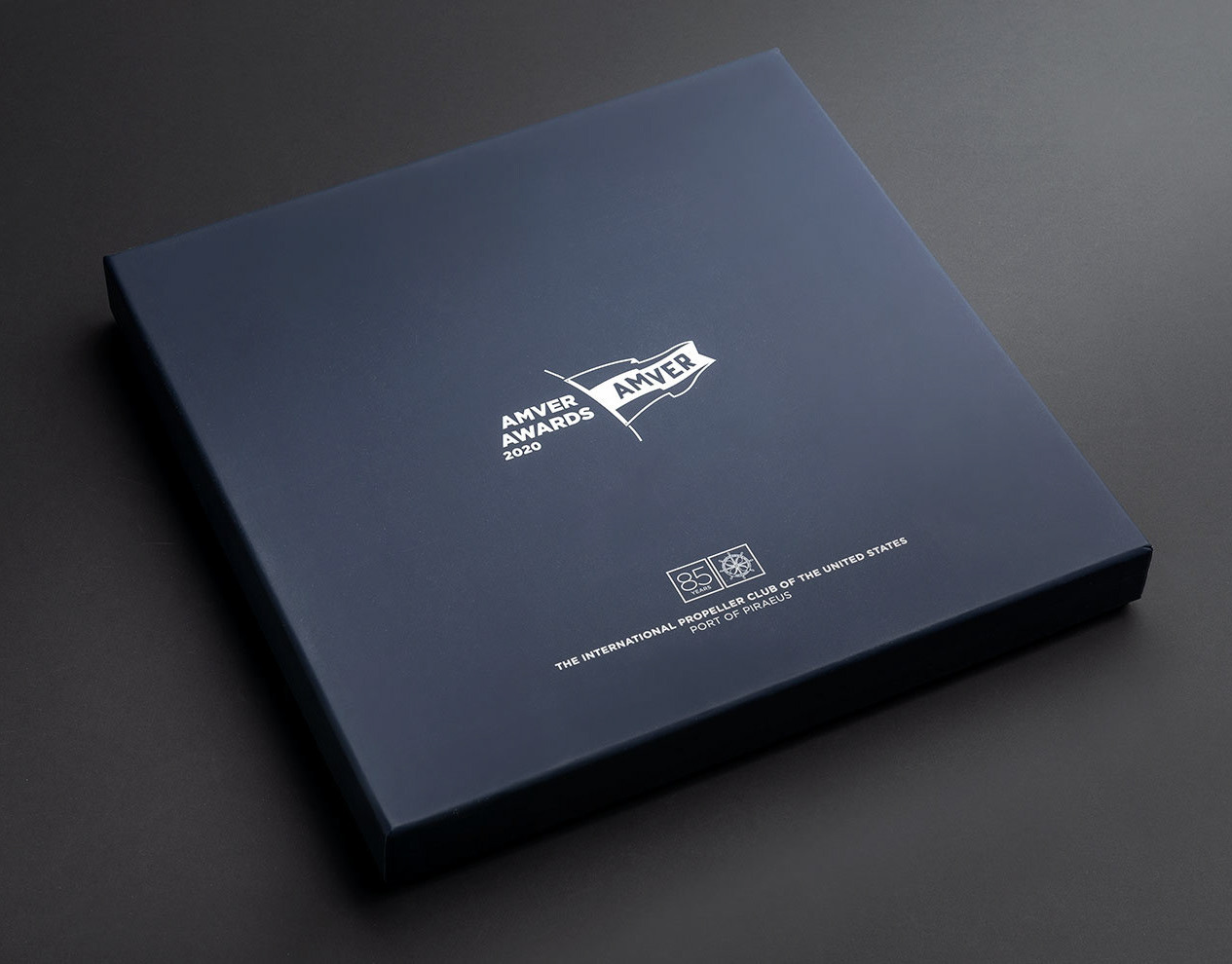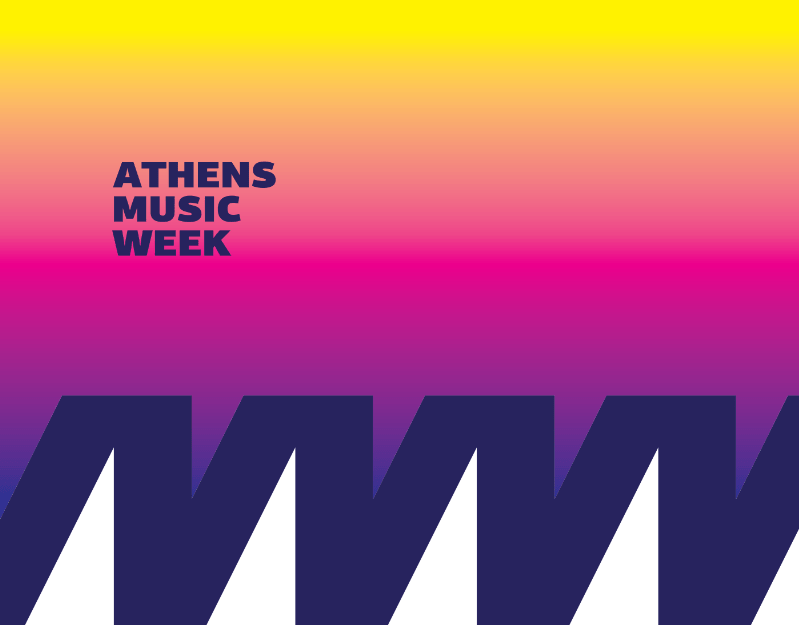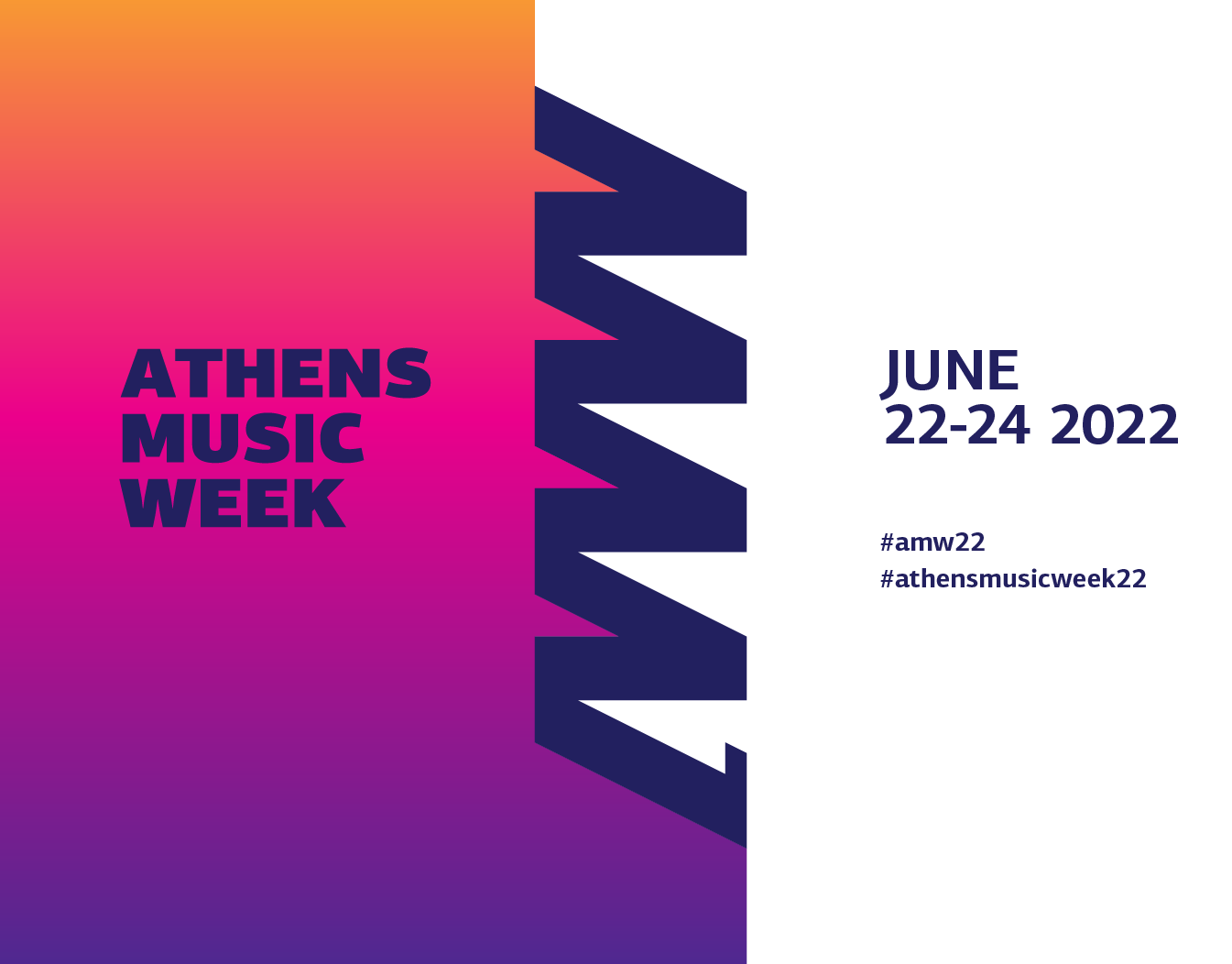Train Station Symbols Design
BA Digital Design @Vakalo Art & Design College ©2024-25
2nd Year | Graphic Design Applications Course November 28th - January 9th 2025
Brief:
Design a symbol set for the needs of a train station that it's placed in a different - past period of time and country. Then design a cover for a train time schedule.
Each student was given a specific place and time period. A good research was mandatory in order for the designers to have a good understanding of the era and study the different culture. So it's an icon design project with a time twist.
Participants / Era / Country:
2nd Year | Graphic Design Applications Course November 28th - January 9th 2025
Brief:
Design a symbol set for the needs of a train station that it's placed in a different - past period of time and country. Then design a cover for a train time schedule.
Each student was given a specific place and time period. A good research was mandatory in order for the designers to have a good understanding of the era and study the different culture. So it's an icon design project with a time twist.
Participants / Era / Country:
Kyvetos Andrew / The Netherlands / 1955
Aravantinou Elena / South Korea / 1990
Kabouris Iakovos/ Germany / 1980
Tseva Marilina / Japan / 1965
Sotiropoulou Danae / Spain / 1985
Stefanidaki Natalia / USA / 1965
Petropoulos Demis / Switzerland / 1960
Aravantinou Elena / South Korea / 1990
Kabouris Iakovos/ Germany / 1980
Tseva Marilina / Japan / 1965
Sotiropoulou Danae / Spain / 1985
Stefanidaki Natalia / USA / 1965
Petropoulos Demis / Switzerland / 1960
Malioga Filio / France / 1960
Moraiti Anna / UK / 1935
Baritaki Emmanouela / Italy / 1985
Moraiti Anna / UK / 1935
Baritaki Emmanouela / Italy / 1985
Labropoulos Peris / Norway / 1975
Tutor:
Dimitris Kanellopoulos
Tutor:
Dimitris Kanellopoulos
-----------------------------------------------------------------------------------------------------------------
Kyvetos Andrew / The Netherlands / 1955


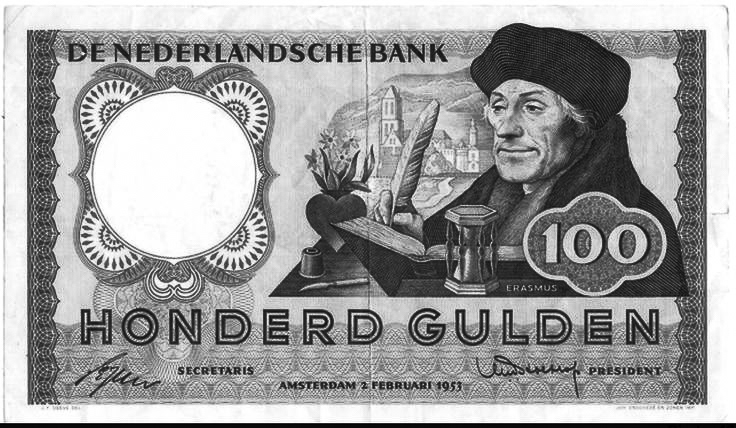
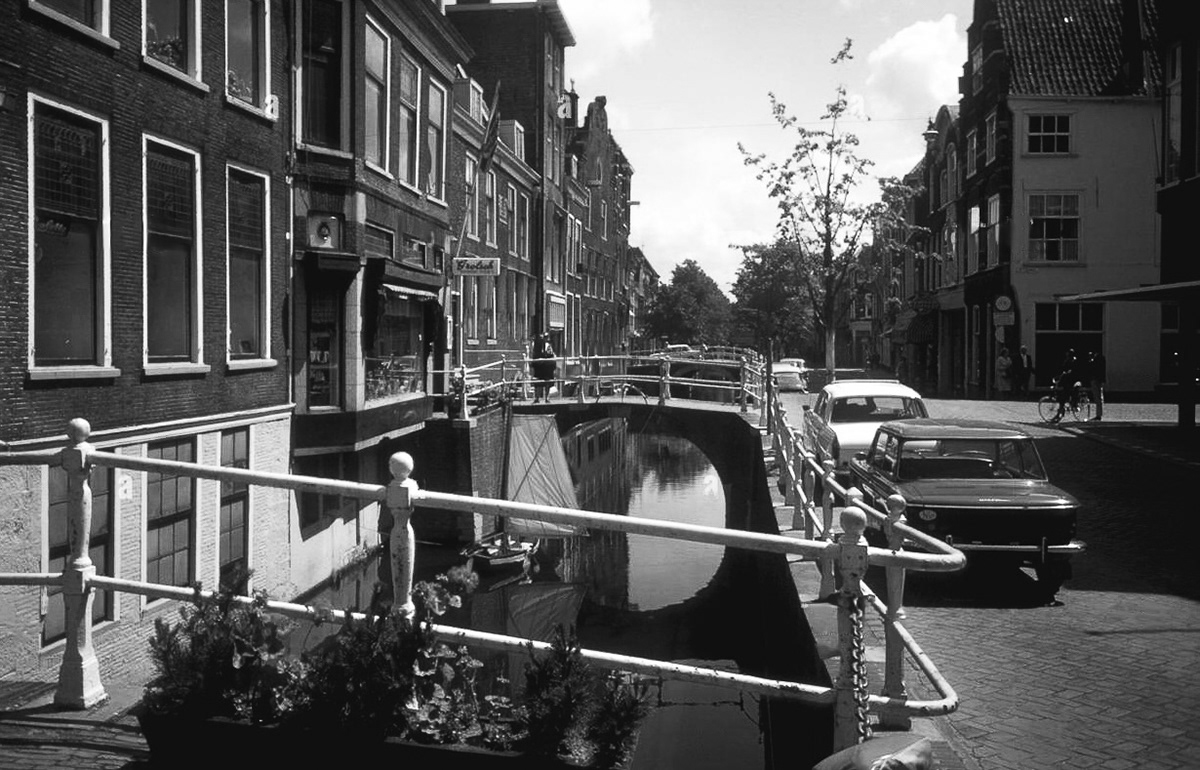
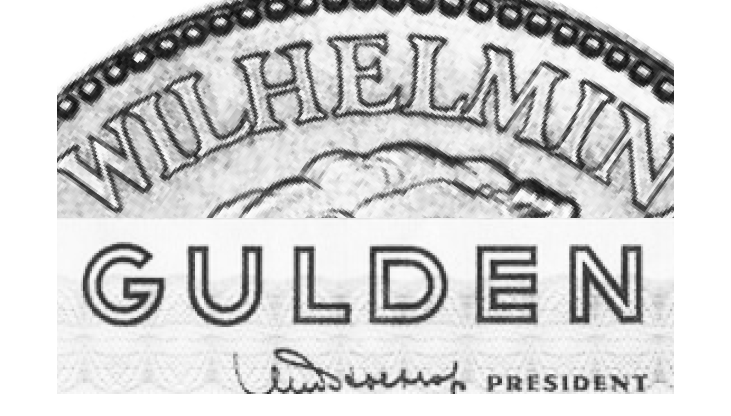
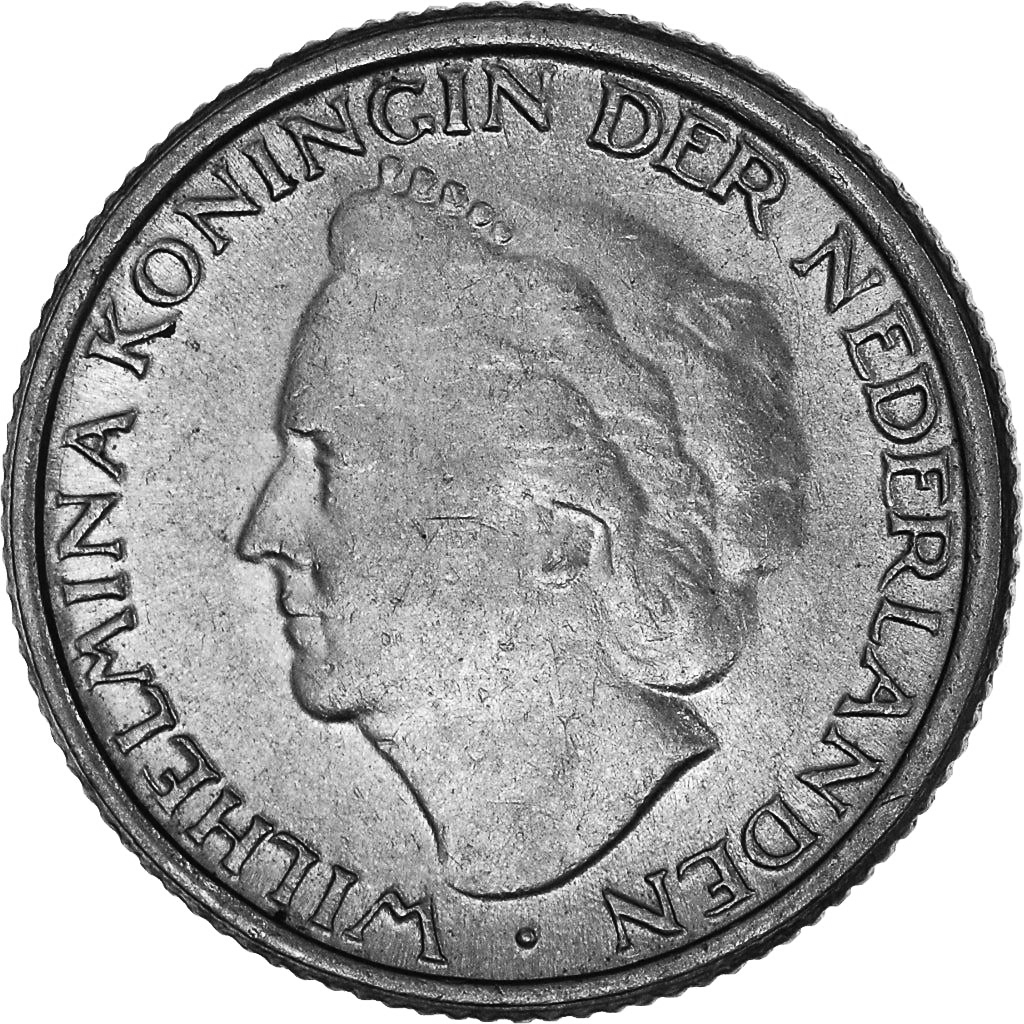
I designed a set of symbols for the Dutch railway system to make travel simpler and more intuitive. Each symbol - representing a train, train station, ticket office, passenger seat, and money exchange - was designed to be clear and easy to recognize. The goal was to create a visual language that helped passengers navigate the railway system quickly and confidently. By focusing on simplicity and universality, the designs aimed to make travel smoother and more accessible for everyone.
Aravantinou Elena / South Korea / 1990

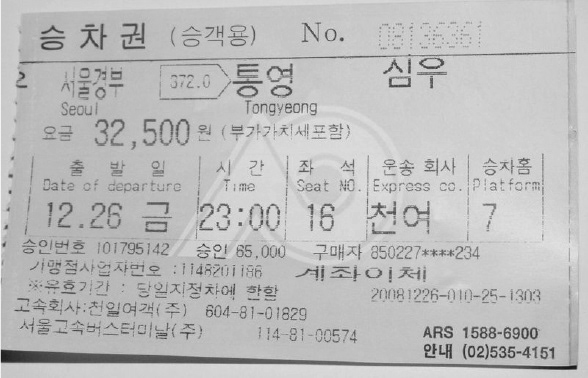


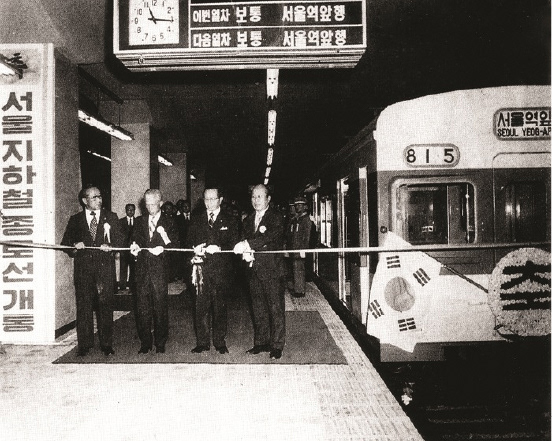

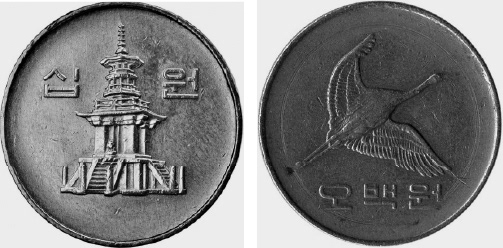
In the 1990s, South Korea's train system underwent significant developments, reflecting the country's rapid industrialization and modernization. The train system was a vital part of the country’s transportation infrastructure, reflecting the rapid industrial and economic development of the era. The Korean National Railroad (KNR) managed most of the country's rail services in the 1990s, connecting cities and towns across the nation.
Kabouris Iakovos / W. Germany / 1980

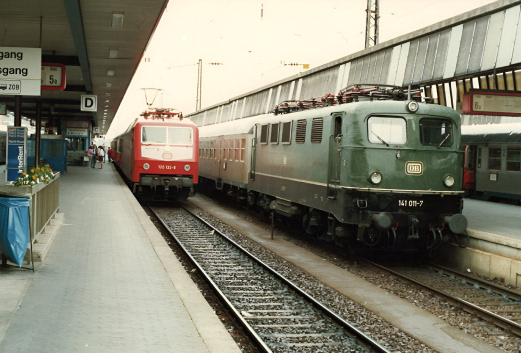

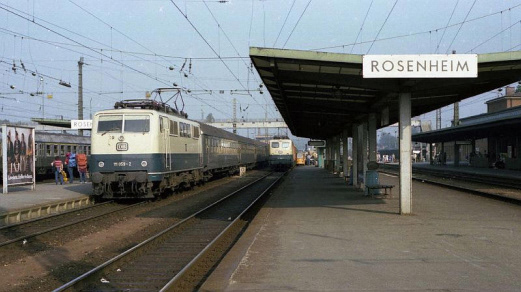

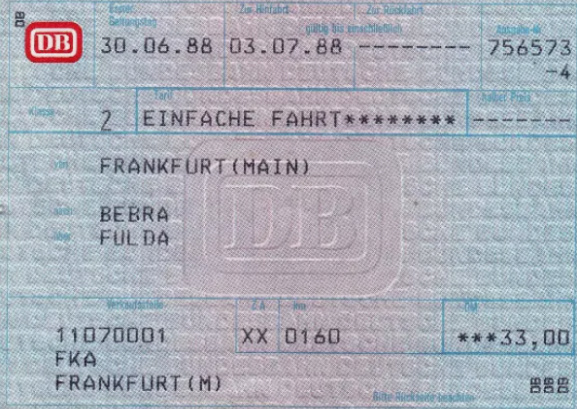
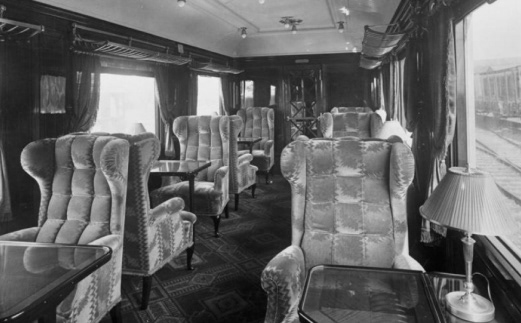
Germany's railway system in 1980 was an essential part of its transportation infrastructure and counted as a showcase of efficiency and modernization. Both West and East Germany were served by their own state-owned railways, with the Deutsche Bundesbahn operating in West Germany, mirroring the country's division. Train services were fast and tried in extreme weather and inclement condition. Main routes connected major cities, including Frankfurt, Munich, and Hamburg. There also were increasing international connections, including trains like the Trans Europ Express that connected Germany to neighboring countries.
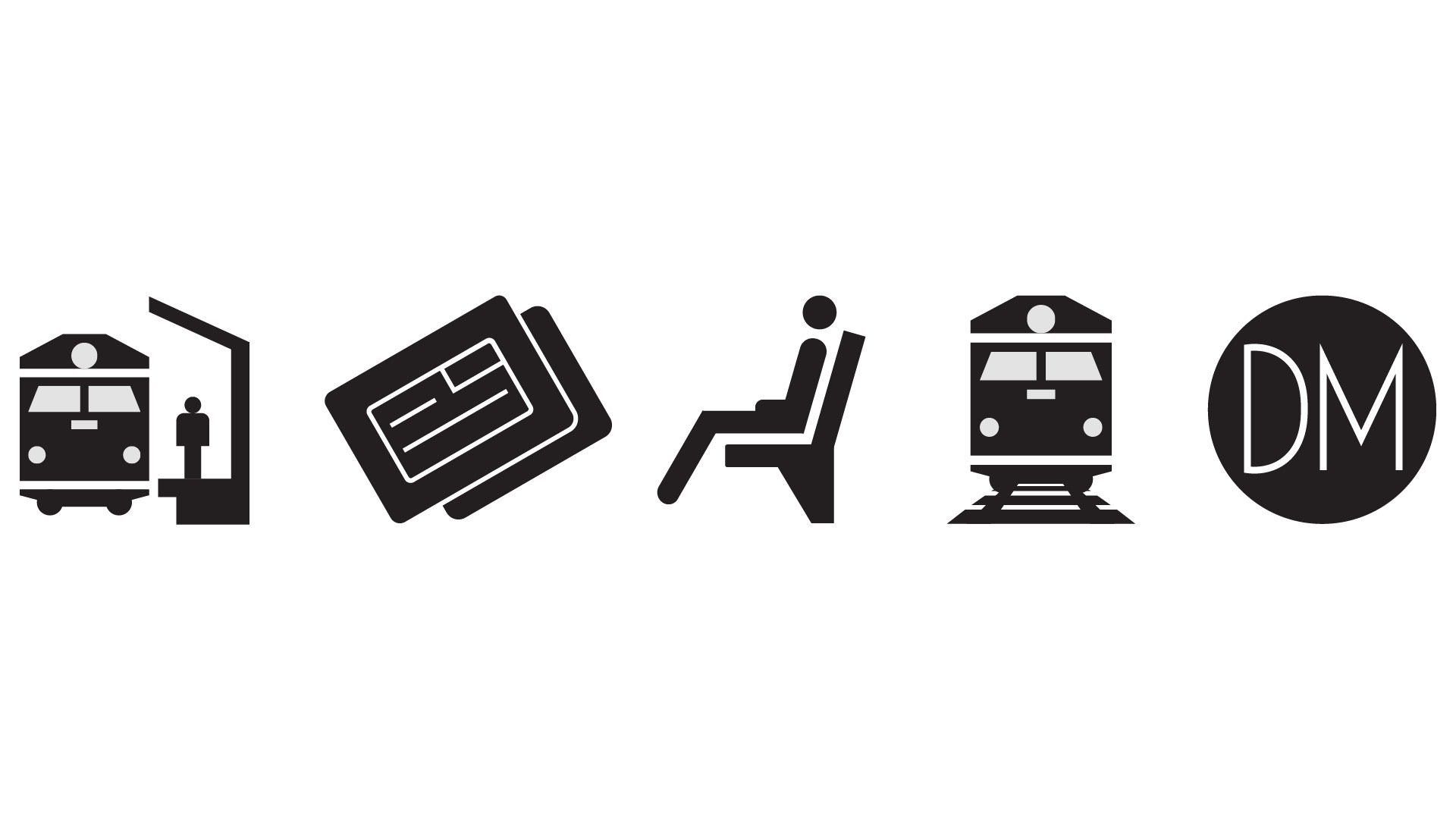
Tseva Marilina / Japan / 1965

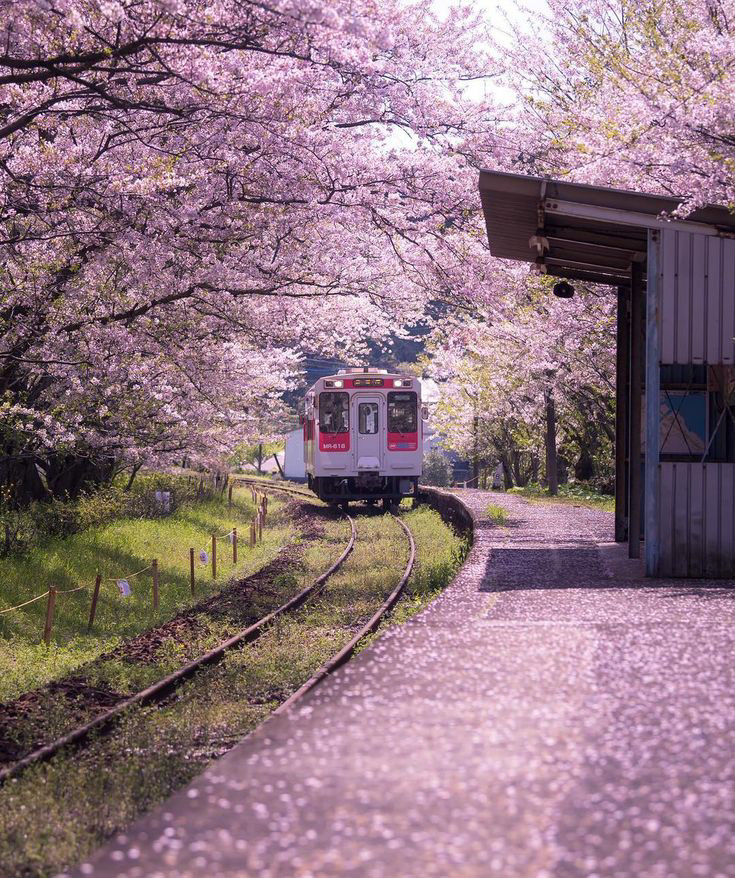
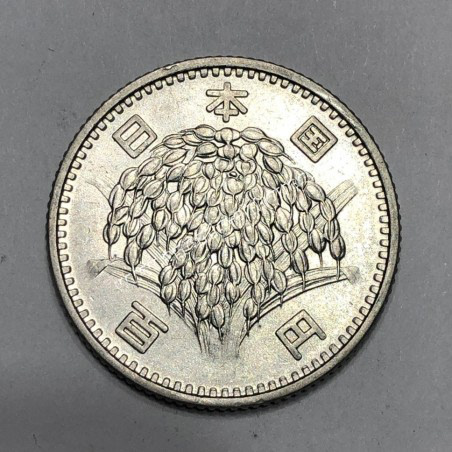
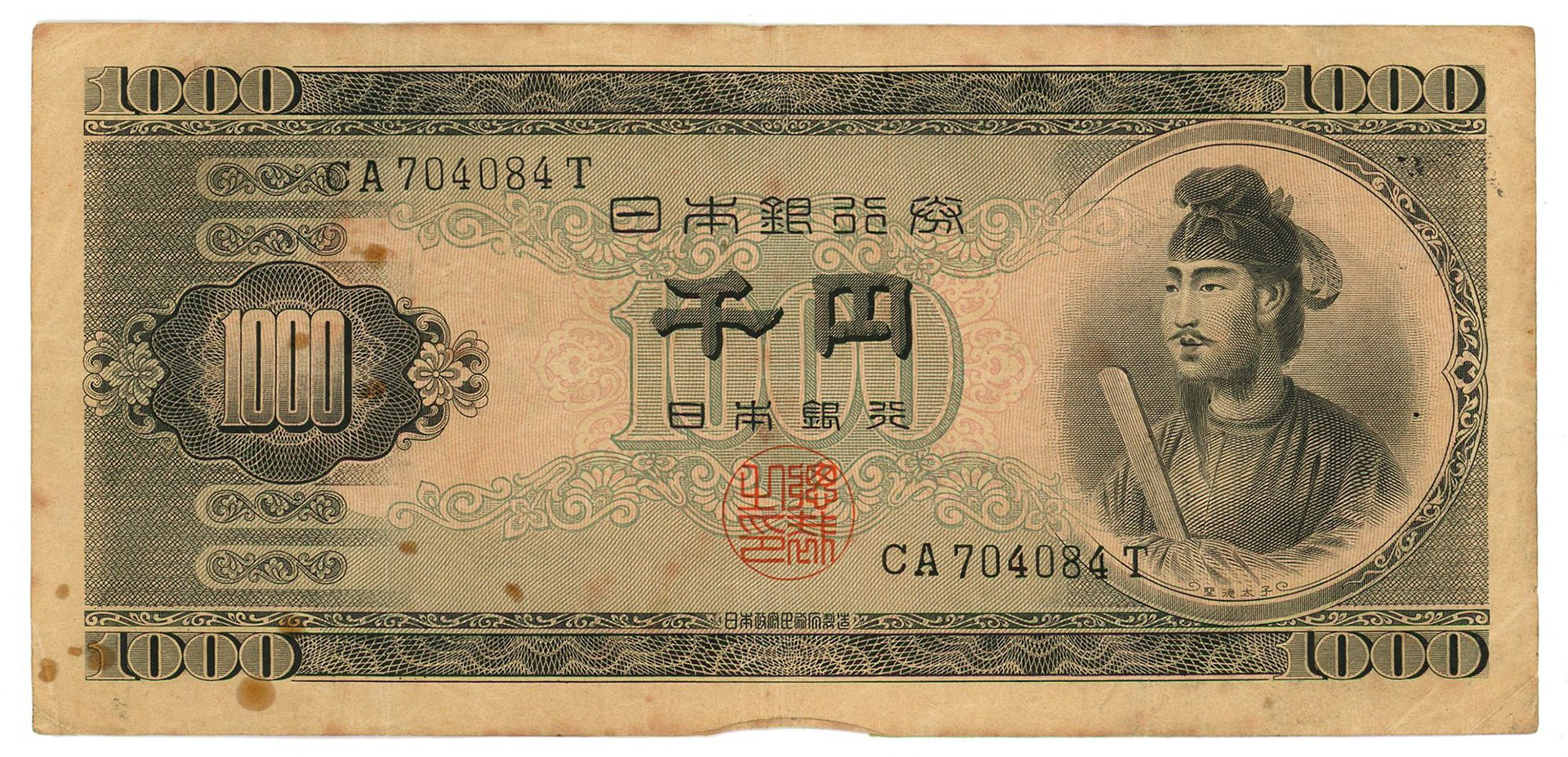
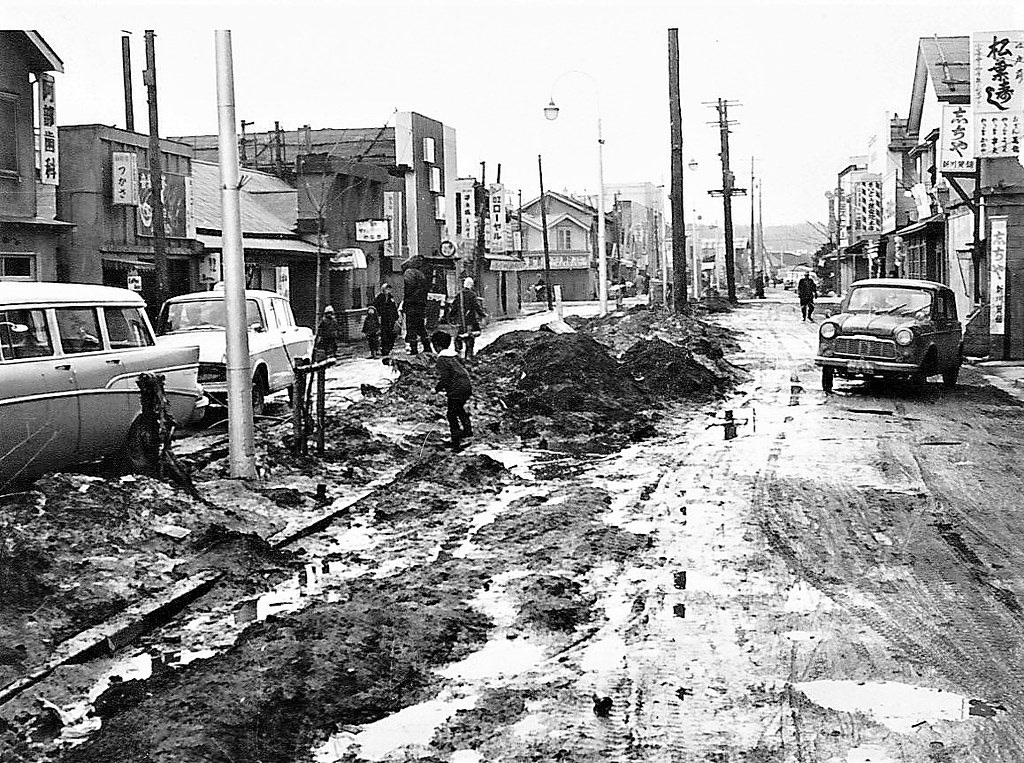
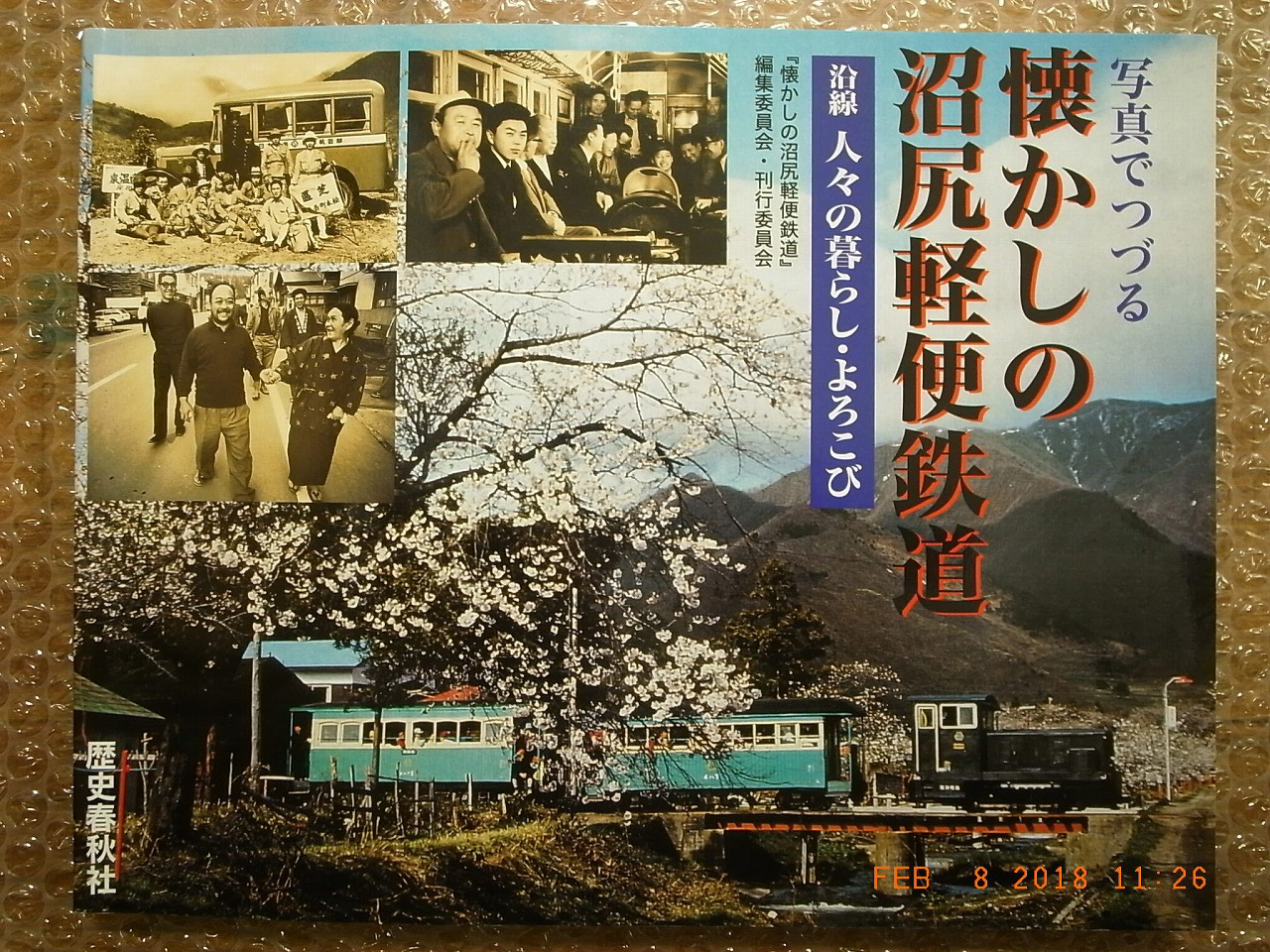
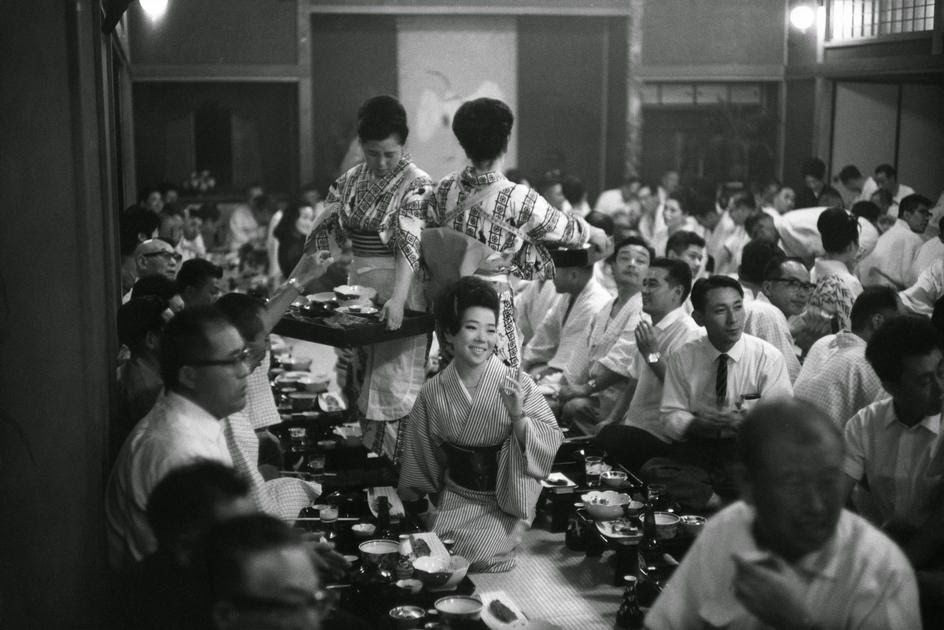
In 1965, Japan was a country in the midst of a cultural and technological
transformation. The economic boom brought modern conveniences like
televisions, refrigerators, and washing machines into everyday life, while the
Shinkansen (bullet train) revolutionized travel. Youth culture was heavily
influenced by Western music, particularly the Beatles, and Japanese cinema
remained globally influential, with directors like Akira Kurosawa leading the
way. Baseball and judo were gaining popularity, and the legacy of the 1964
Tokyo Olympics continued to inspire national pride. Despite rapid
modernization, traditional arts like tea ceremonies, calligraphy, and ikebana
remained an important part of Japanese culture, blending the old with the new.
transformation. The economic boom brought modern conveniences like
televisions, refrigerators, and washing machines into everyday life, while the
Shinkansen (bullet train) revolutionized travel. Youth culture was heavily
influenced by Western music, particularly the Beatles, and Japanese cinema
remained globally influential, with directors like Akira Kurosawa leading the
way. Baseball and judo were gaining popularity, and the legacy of the 1964
Tokyo Olympics continued to inspire national pride. Despite rapid
modernization, traditional arts like tea ceremonies, calligraphy, and ikebana
remained an important part of Japanese culture, blending the old with the new.
Sotiropoulou Danae / Spain / 1985
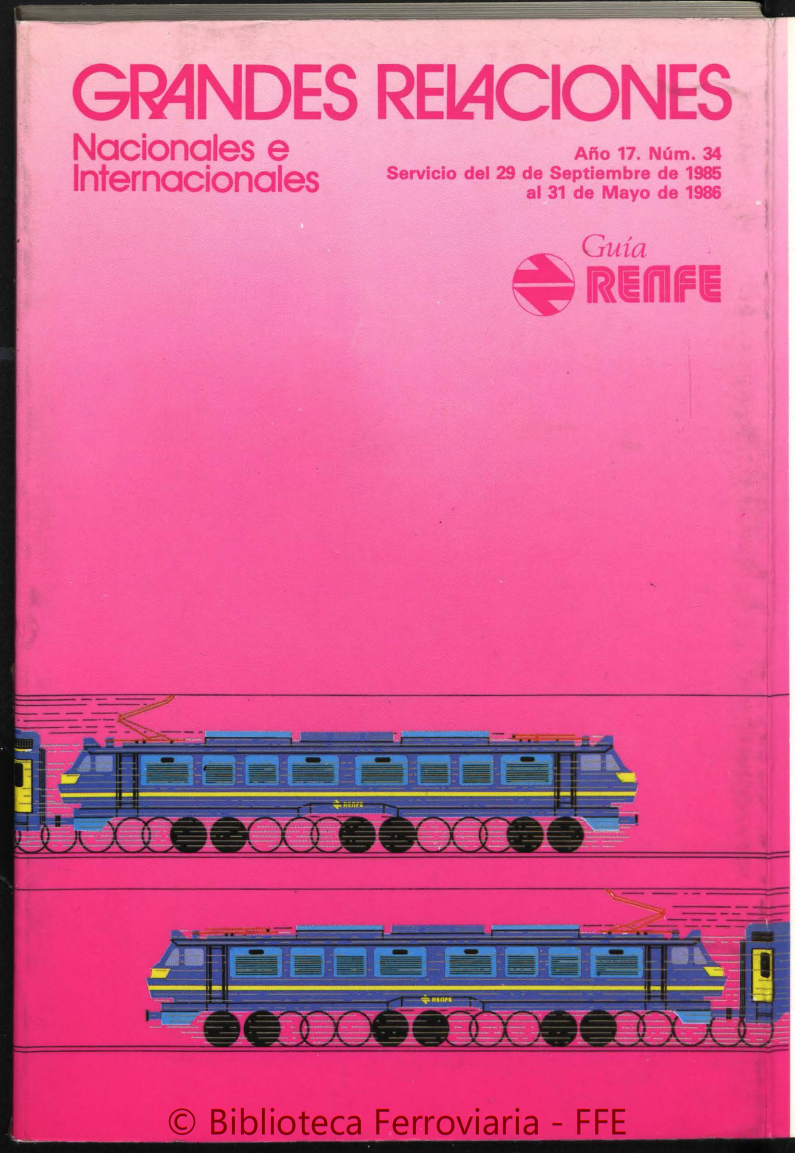
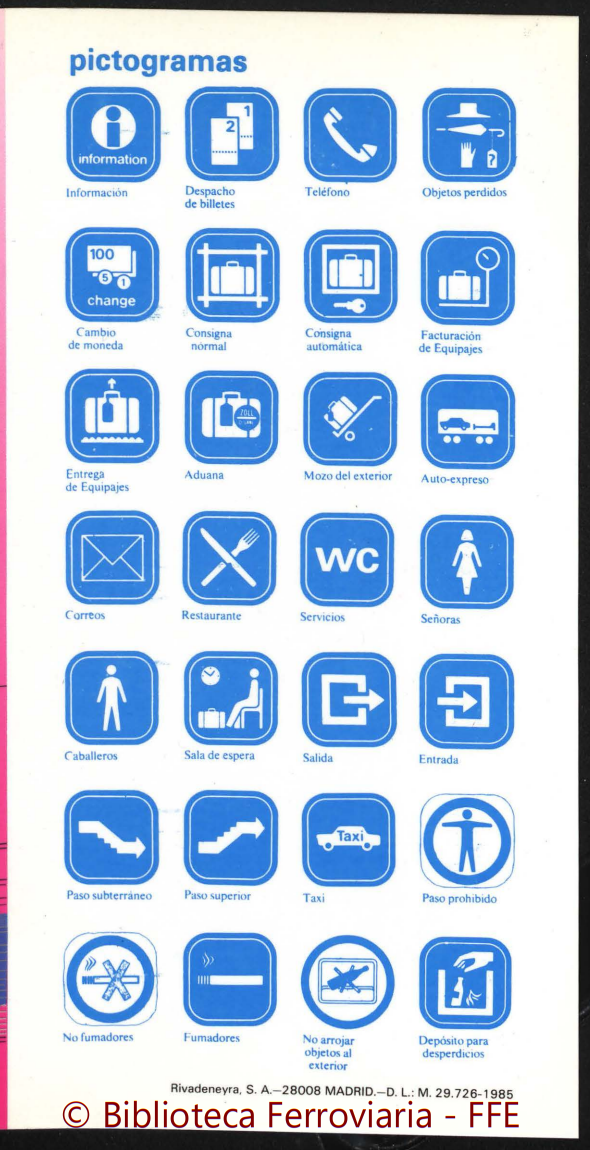
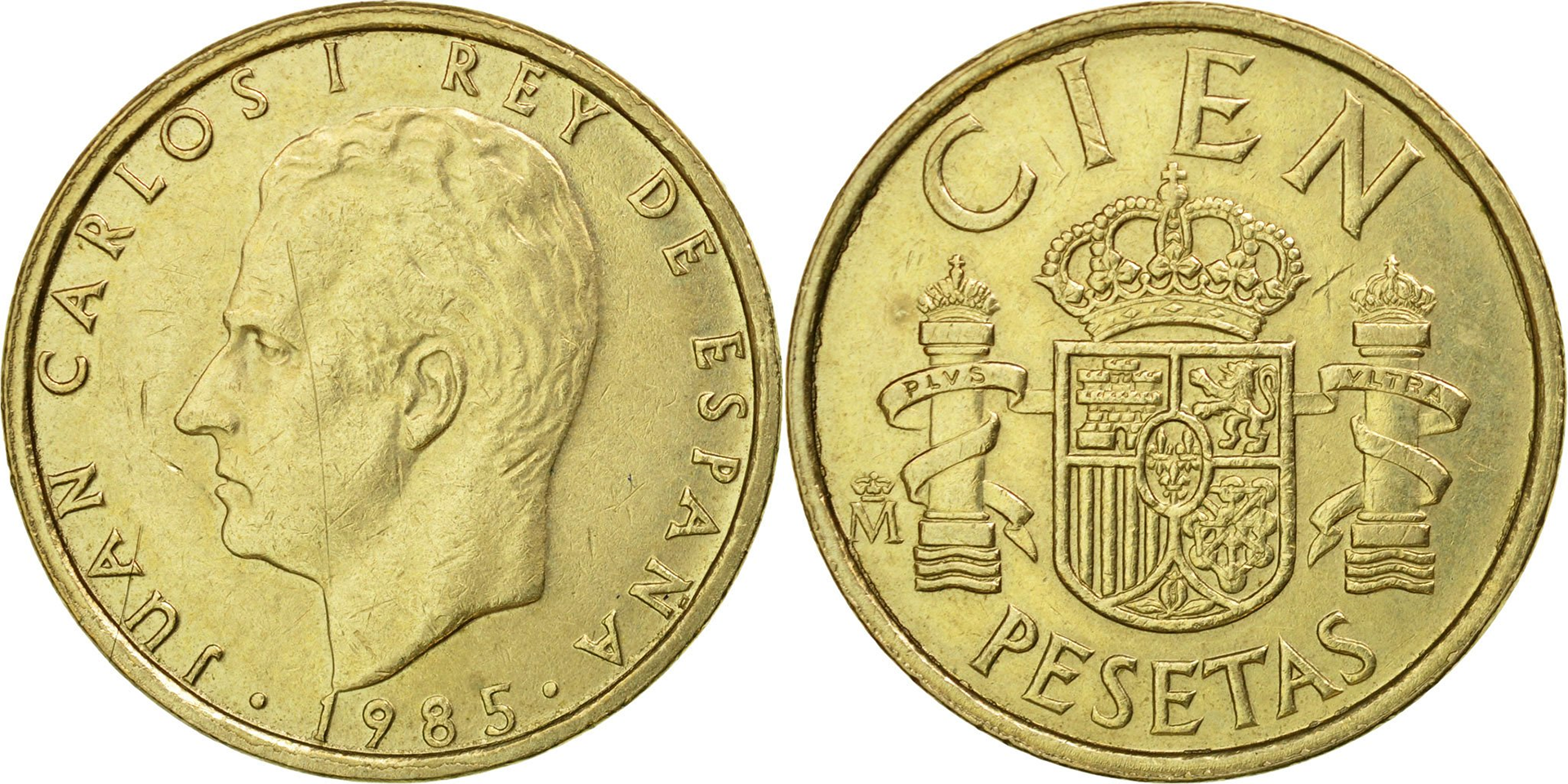

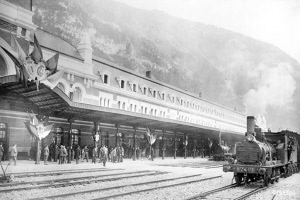
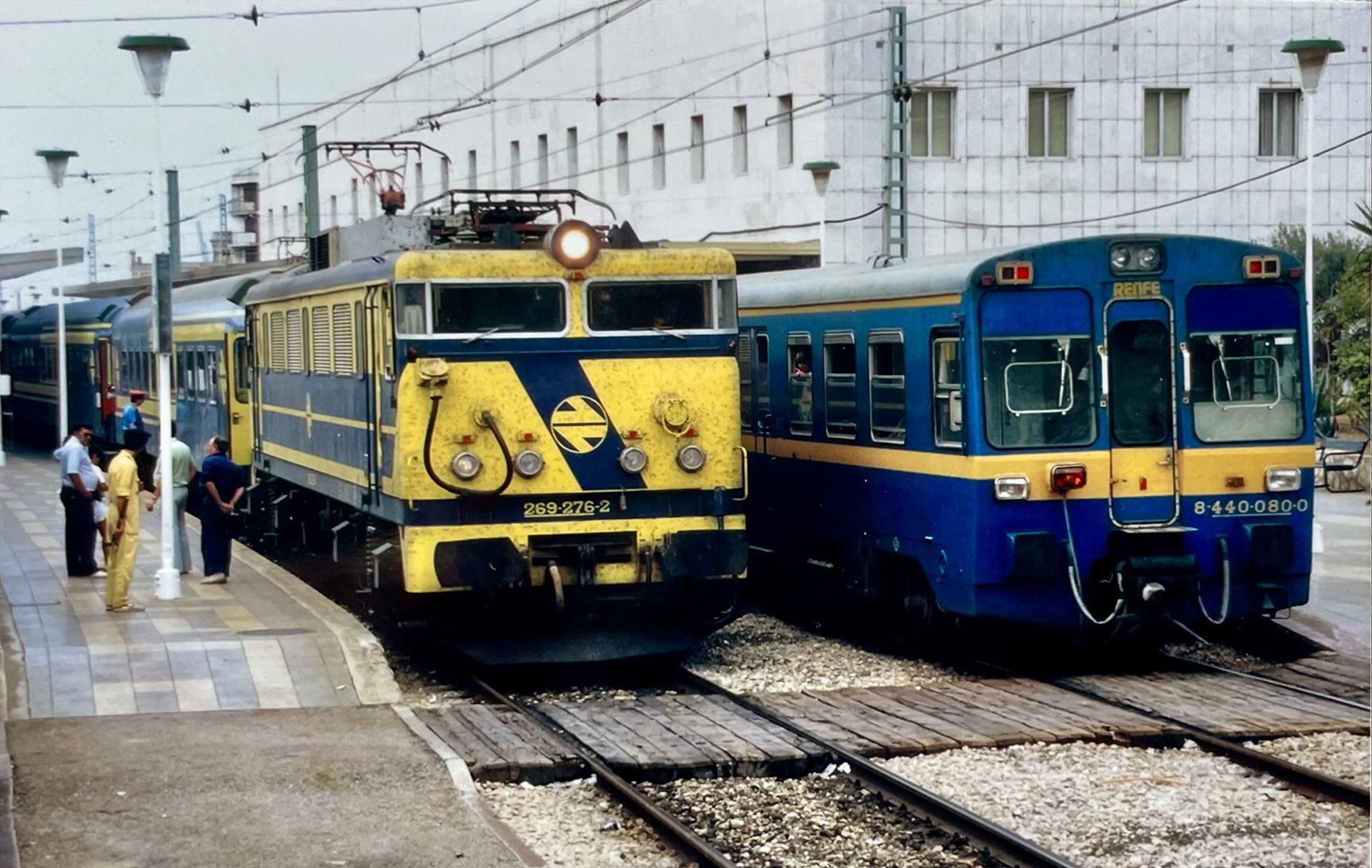
In 1985, trains in Spain played a vital role in connecting major cities and rural areas. The railway network was primarily managed by RENFE (Red Nacional de los Ferrocarriles Españoles). While much of the infrastructure dated back to the early 20th century, modernization efforts were underway. Trains were a mix of older diesel locomotives and more modern electric trains, offering essential passenger and freight services across the country, despite occasional delays and outdated facilities.
Stefanidaki Natalia / USA / 1965
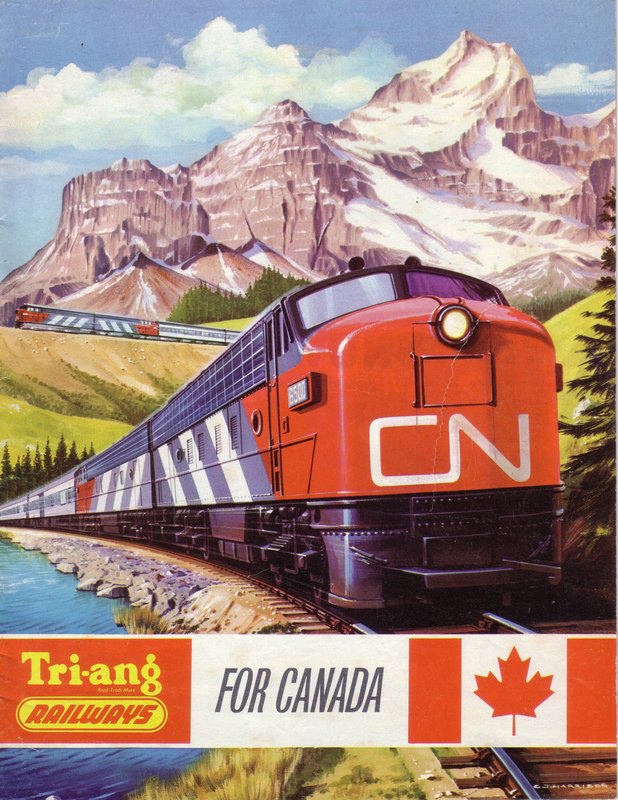
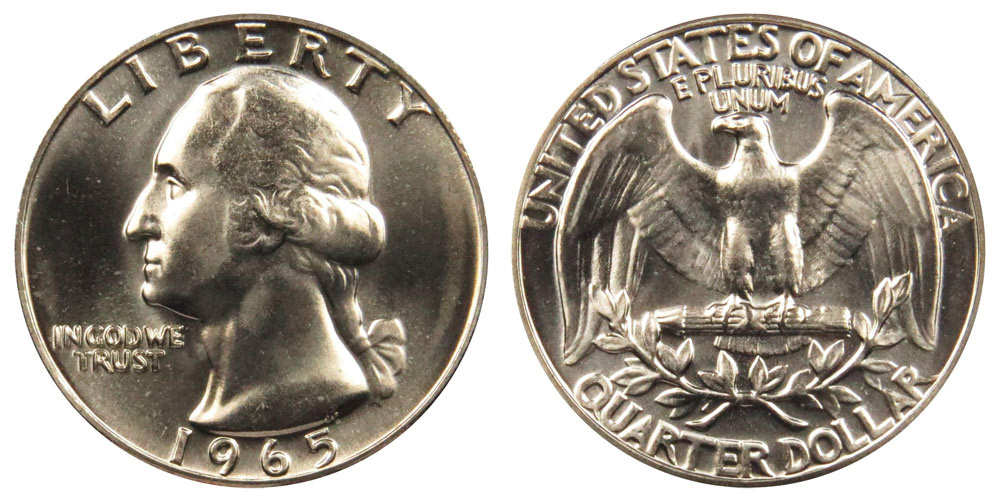
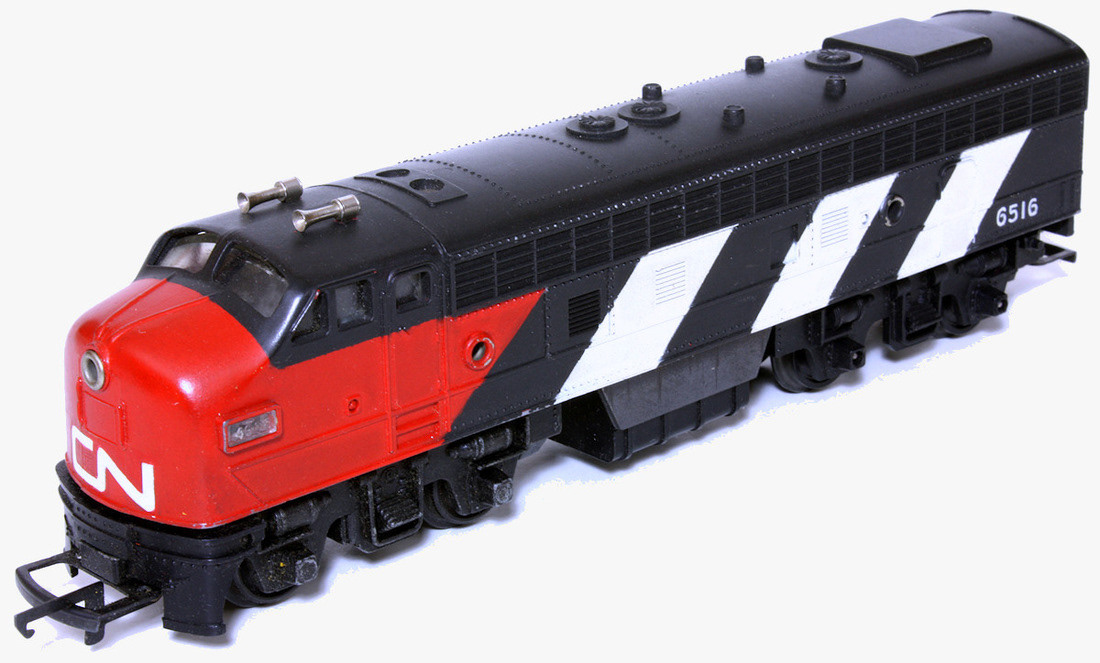
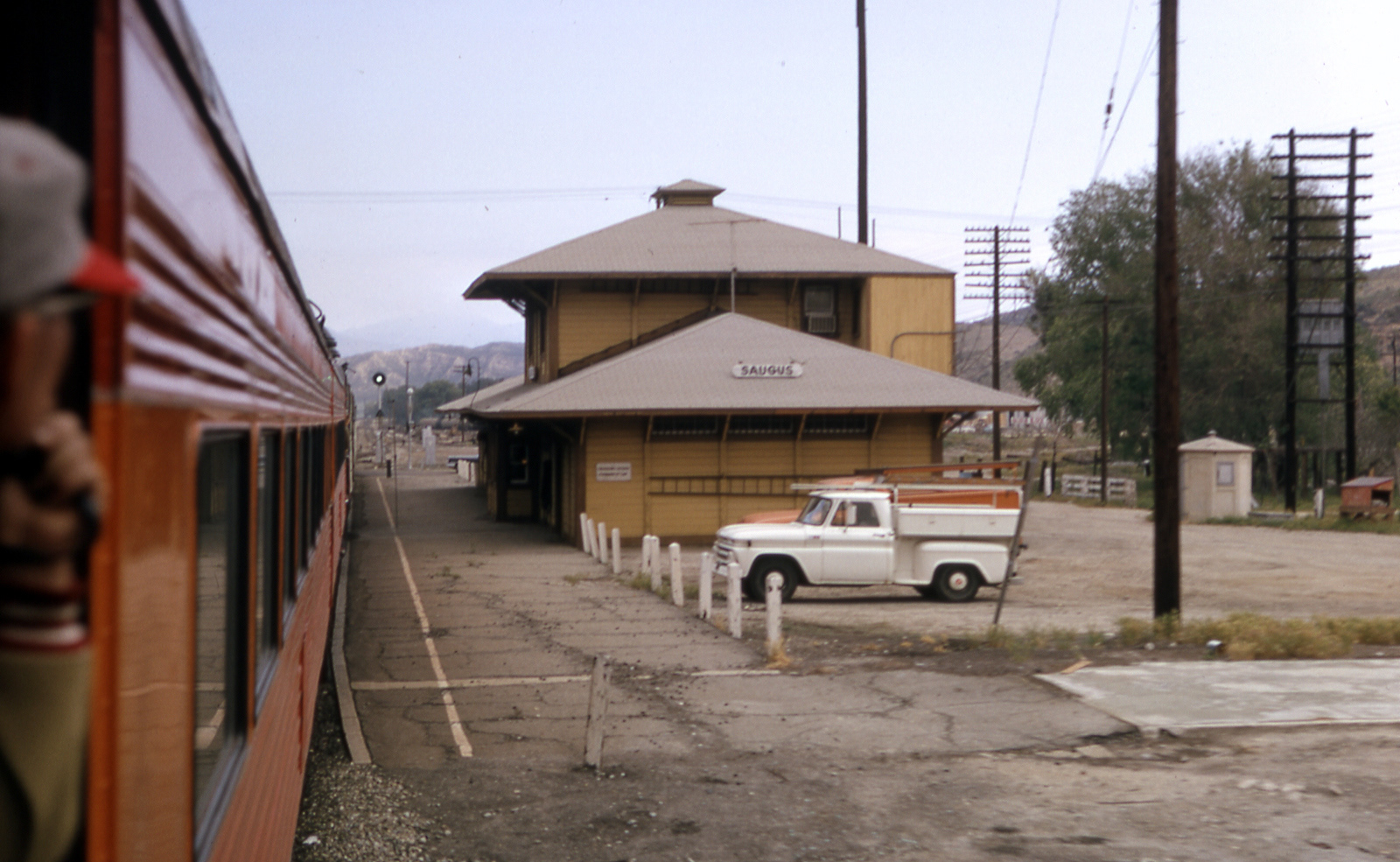
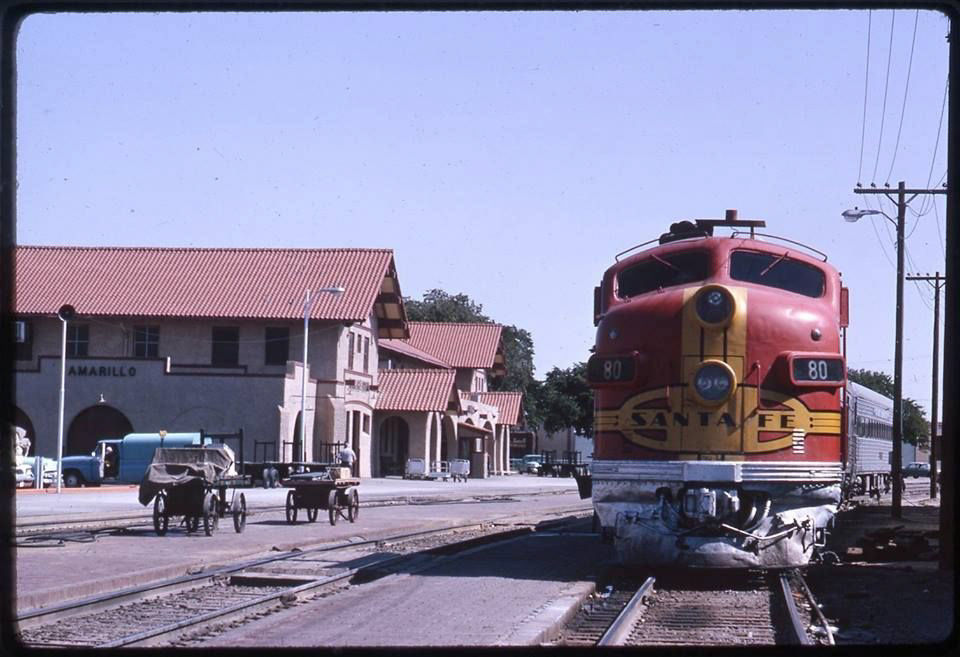
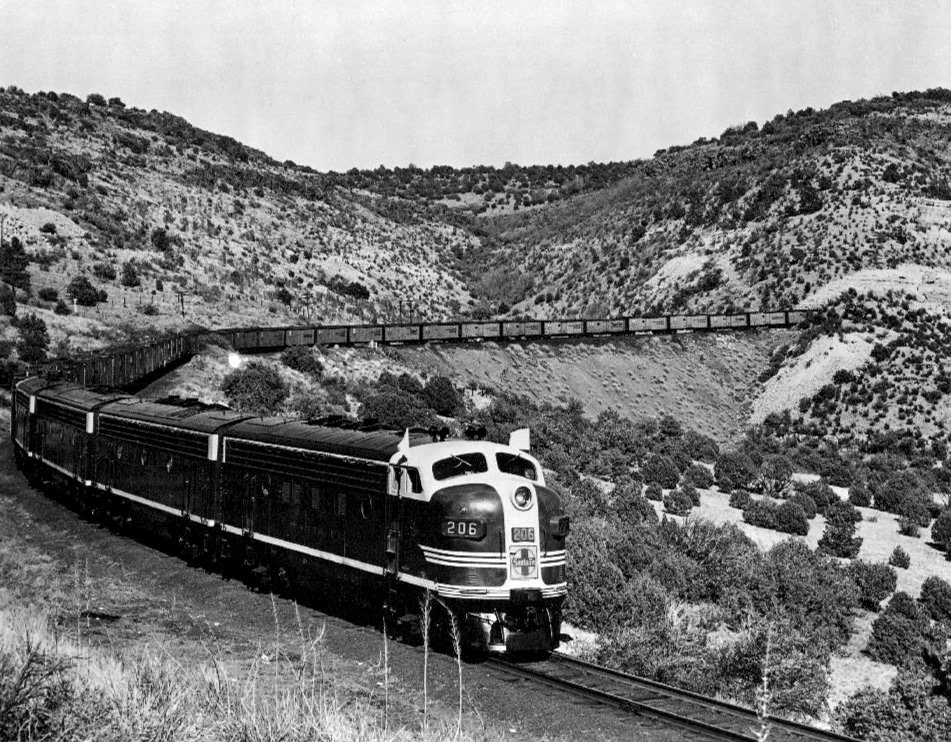
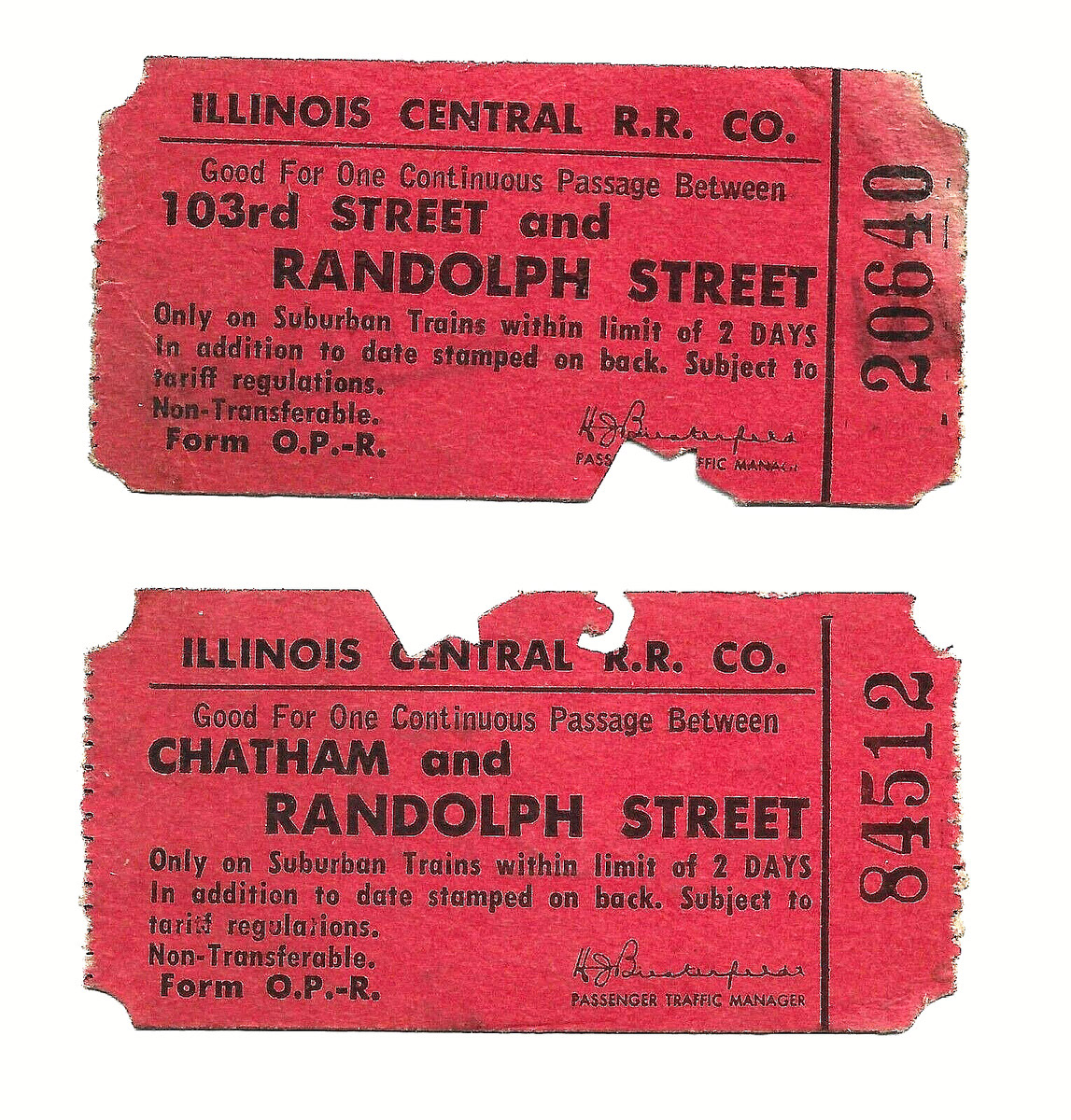
In 1965, the U.S. train system offered numerous advantages, providing a comfortable and reliable way to travel long distances. Railroads like the Pennsylvania Railroad and Union Pacific provided spacious seating dining cars, and overnight accommodations, making train travel a relaxing and convenient experience. Trains were also known for their punctuality and ability to connect major cities efficiently. For many, trains offered a scenic and enjoyable journey, allowing travelers to avoid the stress of driving or airport hassles.
Petropoulos Demis / Switzerland / 1960

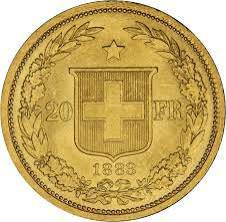
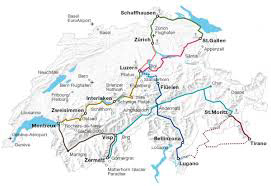

In the 1960s, Swiss trains were a symbol of precision and reliability, reflecting Switzerland's commitment to efficient public transport. The Swiss Federal Railways (SBB) expanded its network, integrating electrified railways for faster, eco-friendly travel. Iconic trains like the "Red Arrow" and the introduction of modern rolling stock elevated passenger comfort. Scenic routes through the Alps, such as the Glacier Express, became popular with tourists, showcasing breathtaking landscapes and Swiss engineering excellence.
Malioga Filio / France / 1960

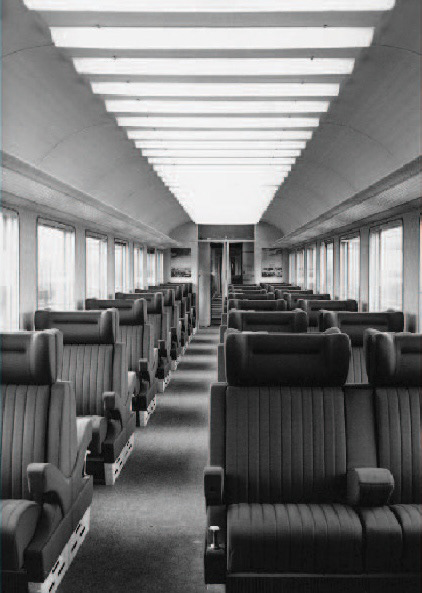
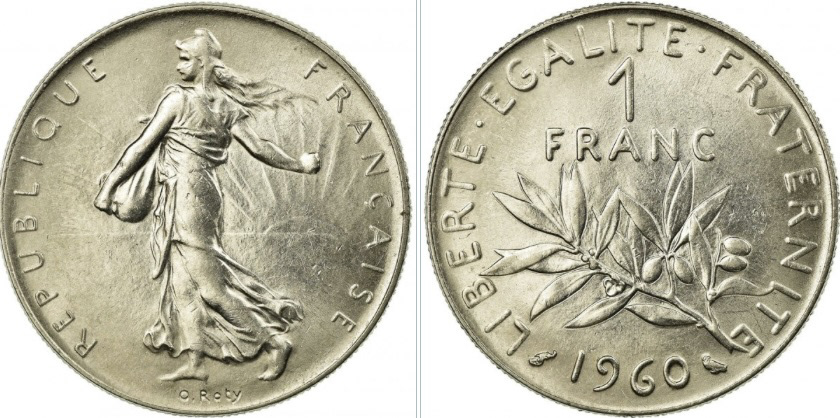
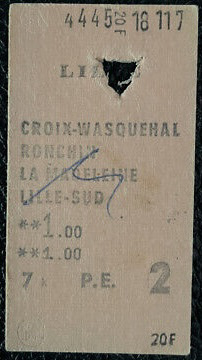

France in the 1960s was going through a period of significant social and political changes. The country had recovered from World War II and the occupation, and by 1960, it was experiencing economic growth. The trains of the time, although still based on traditional technologies, were an important means of transportation, with the Société Nationale des Chemins de fer Français (SNCF) expanding the railway network. The "express" trains offered speed and comfort, while the development of high-speed trains had already begun.
Moraiti Anna / UK / 1935
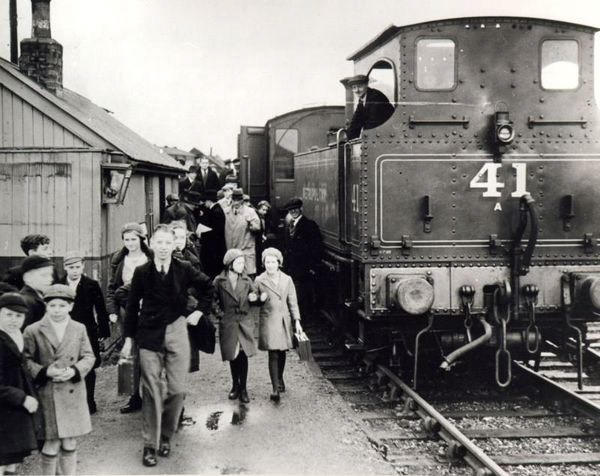
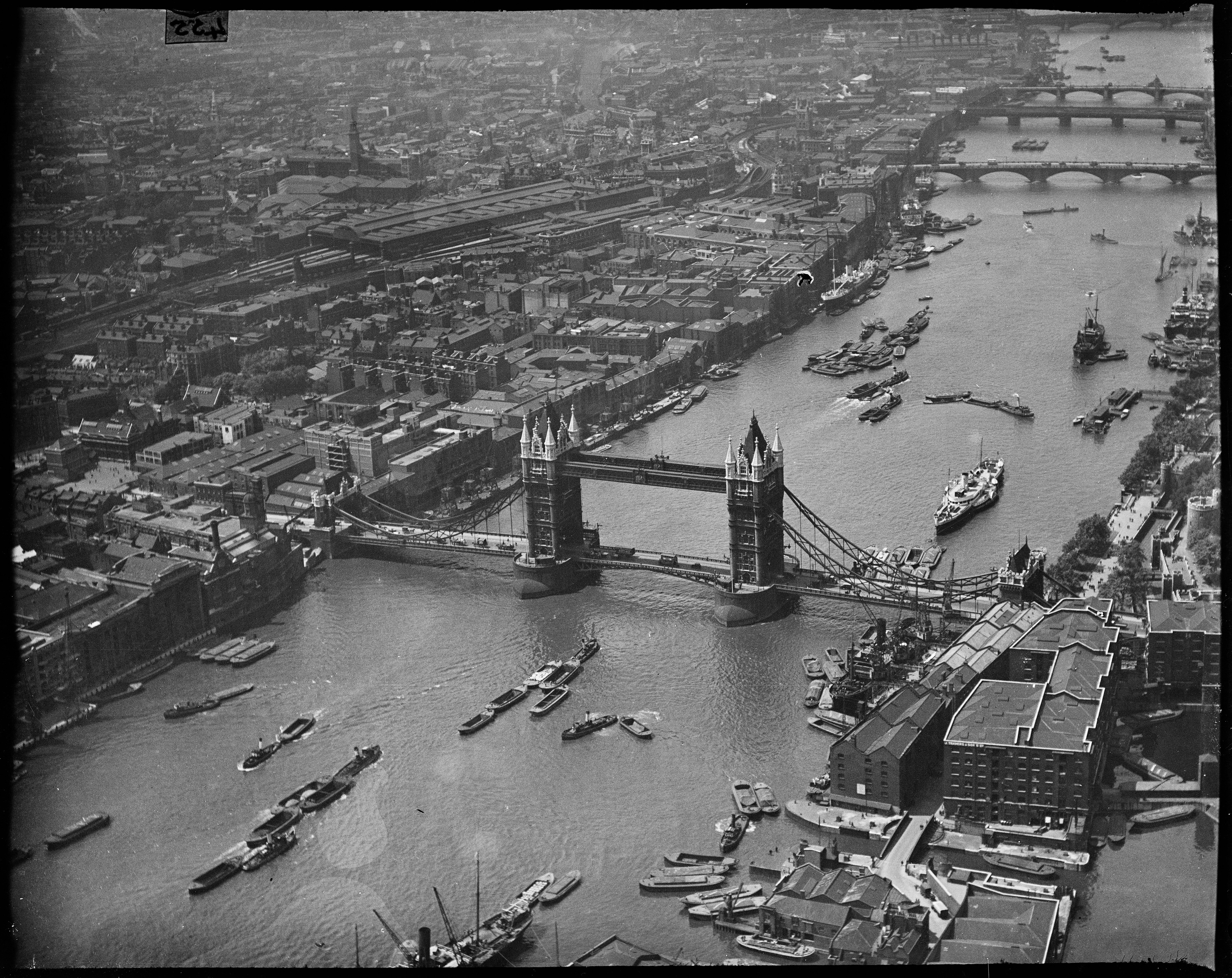

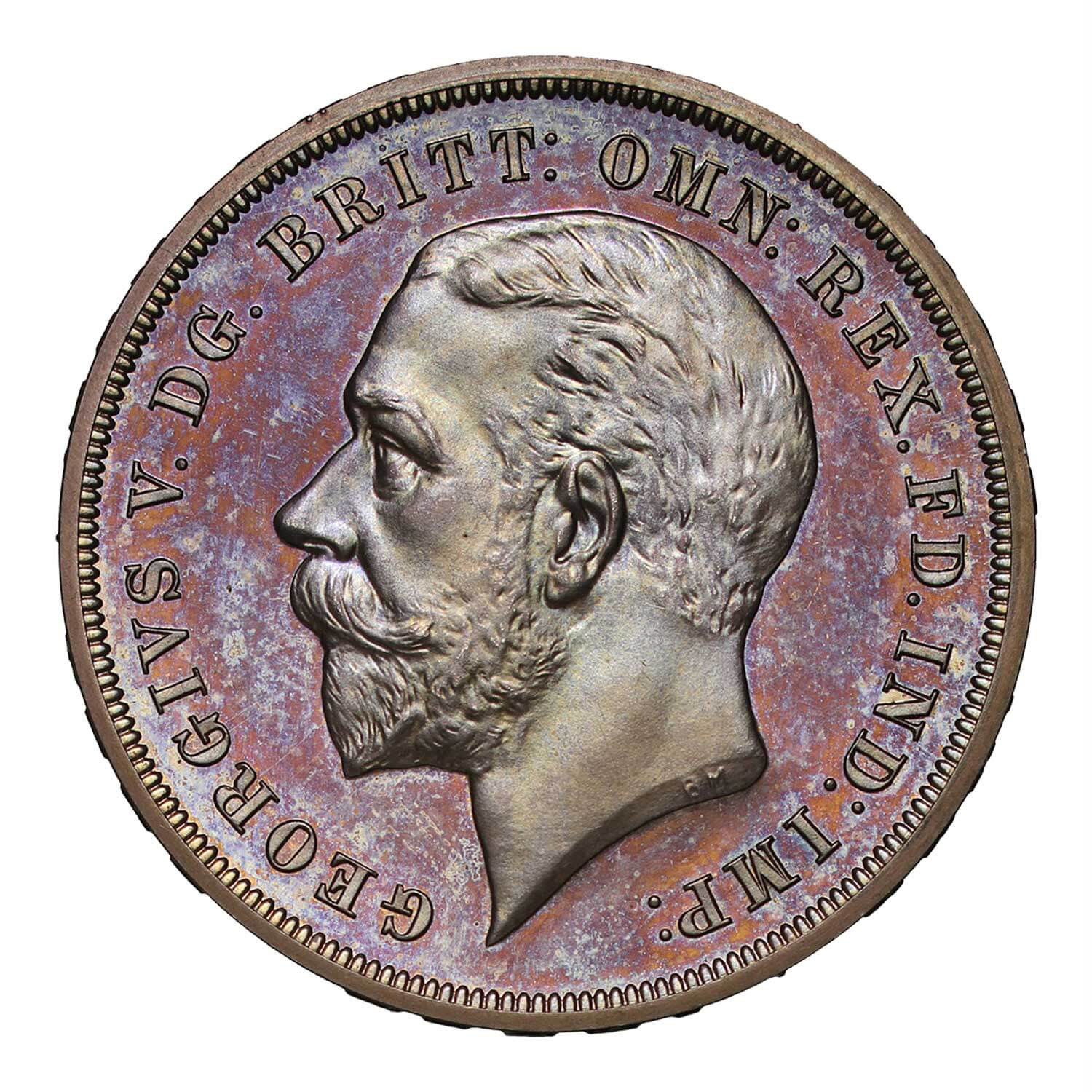
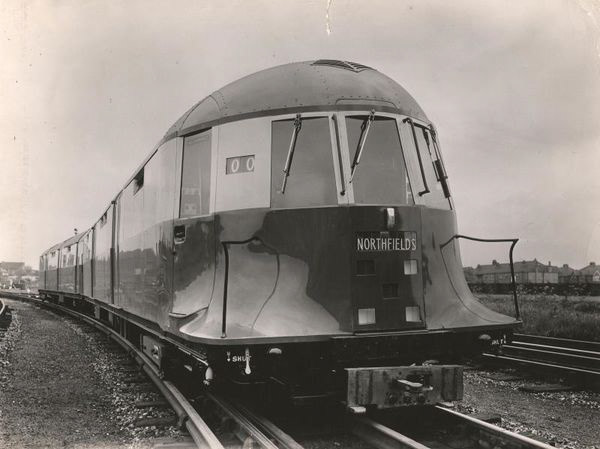

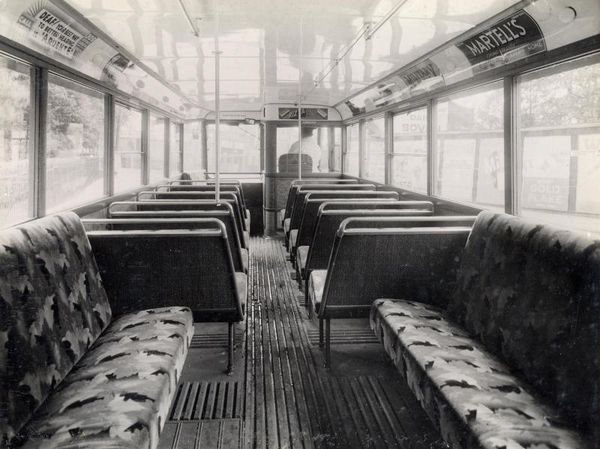
In 1935, the United Kingdom was experiencing a period of economic recovery following the Great Depression. While industrial production slowly increased, unemployment remained a significant issue. The rise of fascism and Nazism in Europe led the UK to focus on military preparedness, with concerns about global instability growing. Politically, the government was under the leadership of Prime Minister Stanley Baldwin, navigating both domestic and international challenges.
Baritaki Emmanouela / Italy / 1985
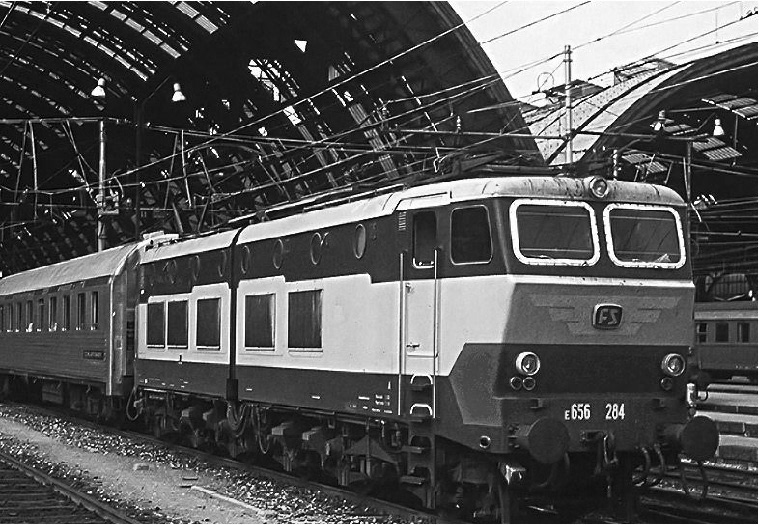
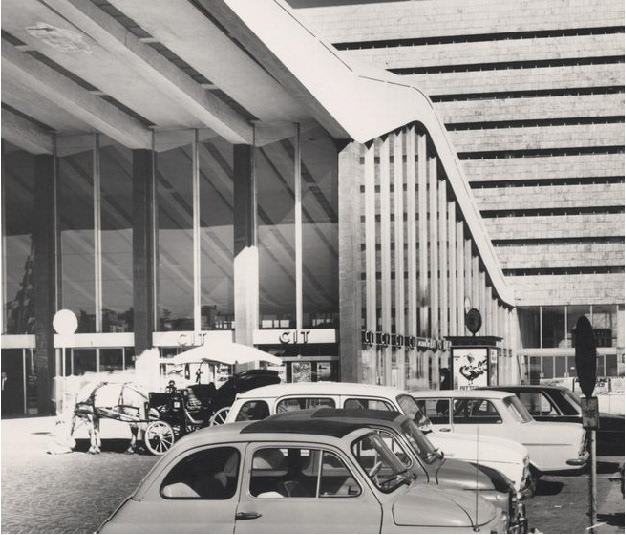
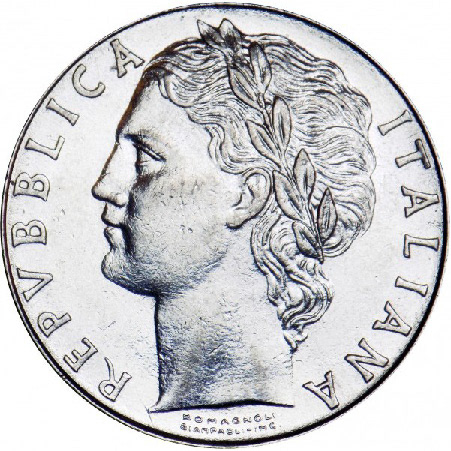
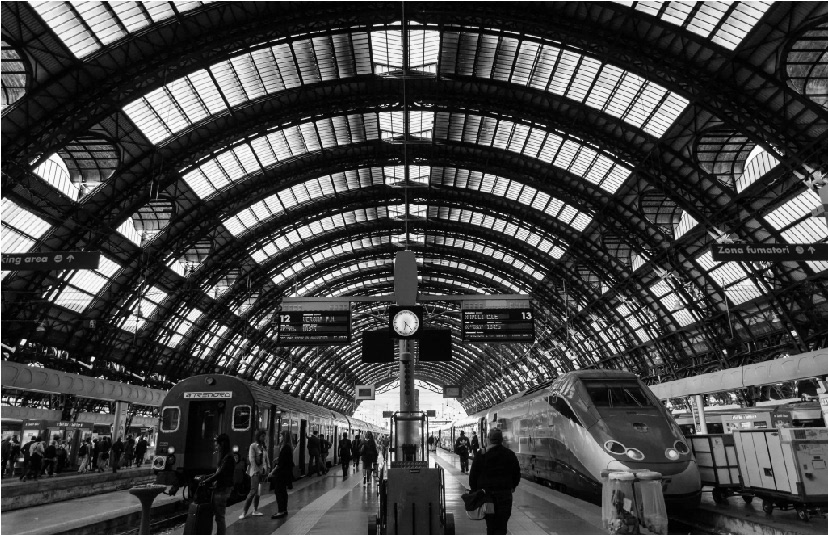
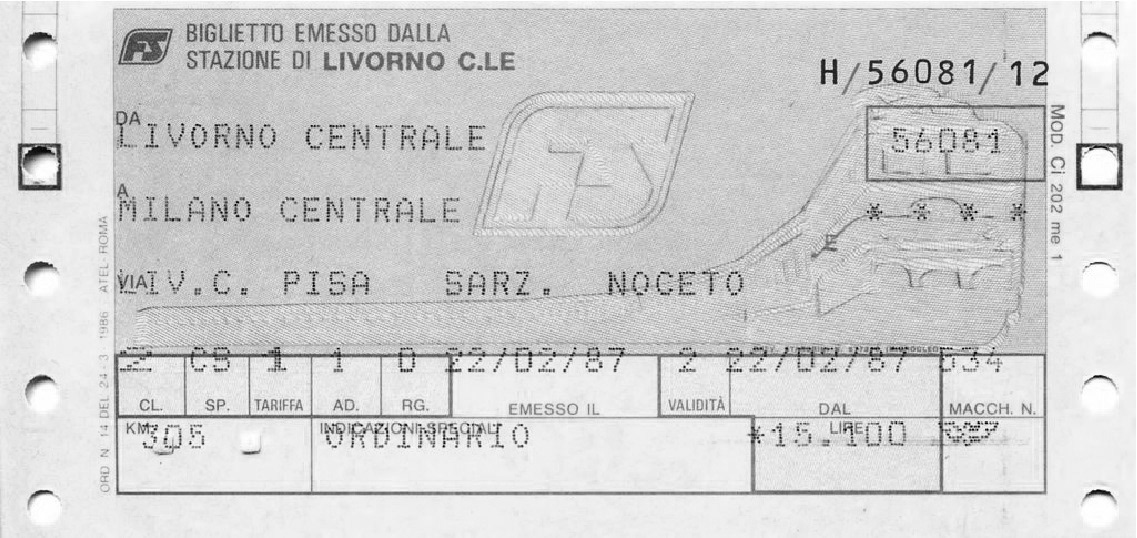
In 1985, Italy's railway system reflected the nation's rich cultural heritage and its embrace of modernity. As trains wove through the picturesque landscapes of vineyards, mountains, and historic cities, they embodied the connection between Italy's storied past and its forward-looking spirit. The railways were not only a vital means of transportation but also a symbol of Italy's evolving infrastructure and its role in uniting regions through innovation and tradition.
Labropoulos Peris / Norway / 1975

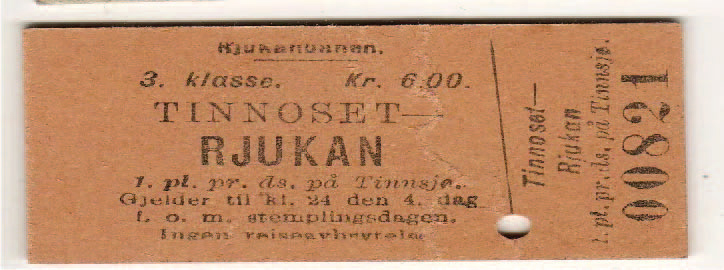
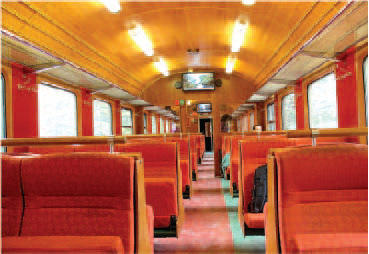
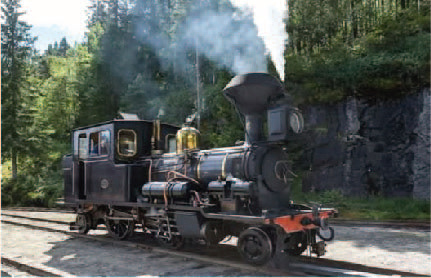
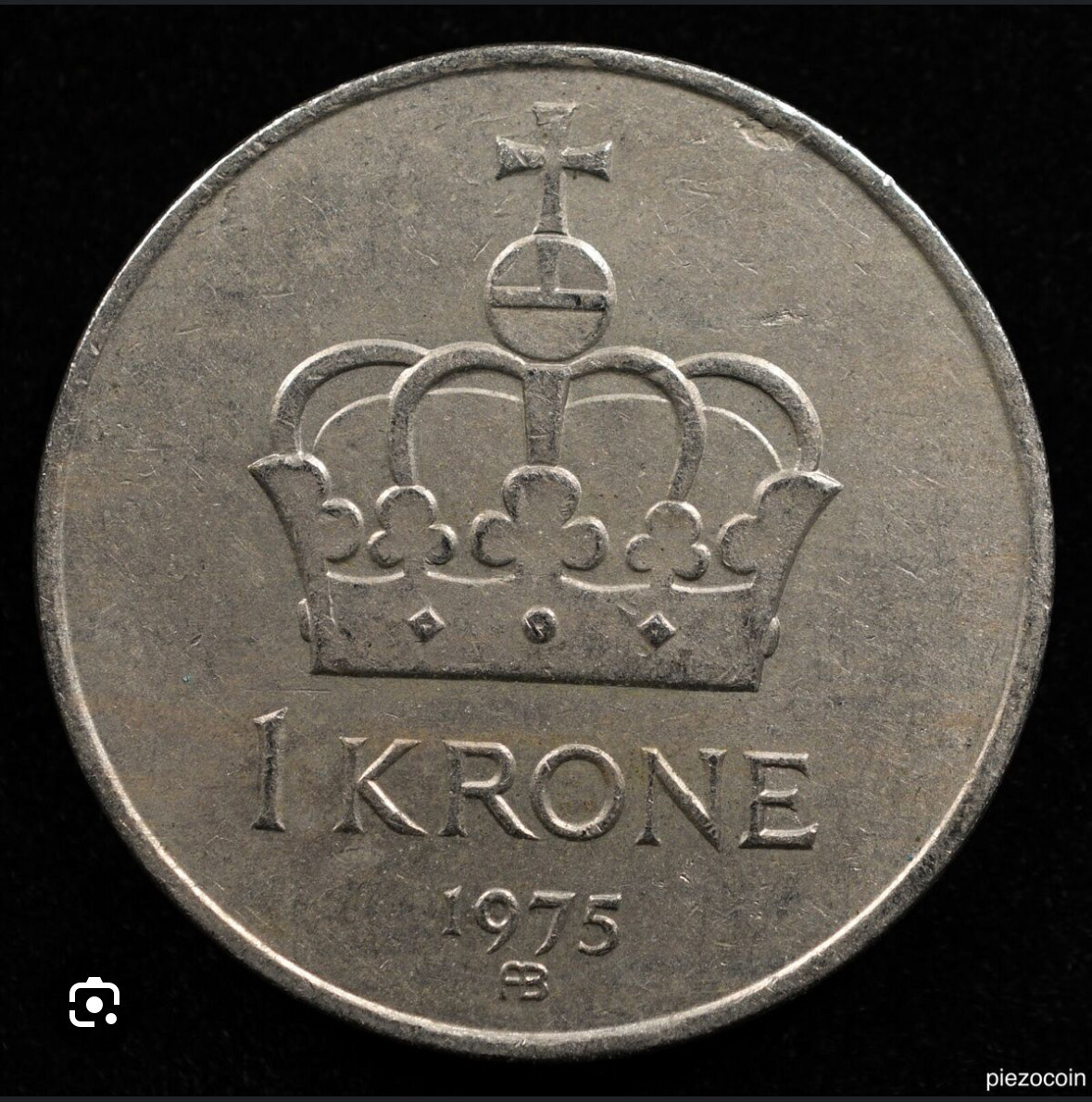
In1975, Norway was experiencing a period of social and political transformation, continuing its development as a prosperous and modern welfare state. Here are some key events, cultural aspects, and political highlights of Norway in that year the Political Landscape and the Government in Norway was a constitutional monarchy with King Olav V as the monarch. The Prime Minister in 1975 was Trygve Bratteli, from the Norwegian Labour Party. The Labour Party was the dominant political force at the time, overseeing a government focused on social welfare policies and public sector growth. Oil Boom: The discovery of oil in the North Sea during the late 1960s and early 1970s was transforming Norway's economy, and by 1975, oil production was ramping up. The revenues from oil would later provide a solid foundation for Norway's economy and social services. Foreign Policy: Norway was a member of NATO.



